Physical Address
304 North Cardinal St.
Dorchester Center, MA 02124
Physical Address
304 North Cardinal St.
Dorchester Center, MA 02124
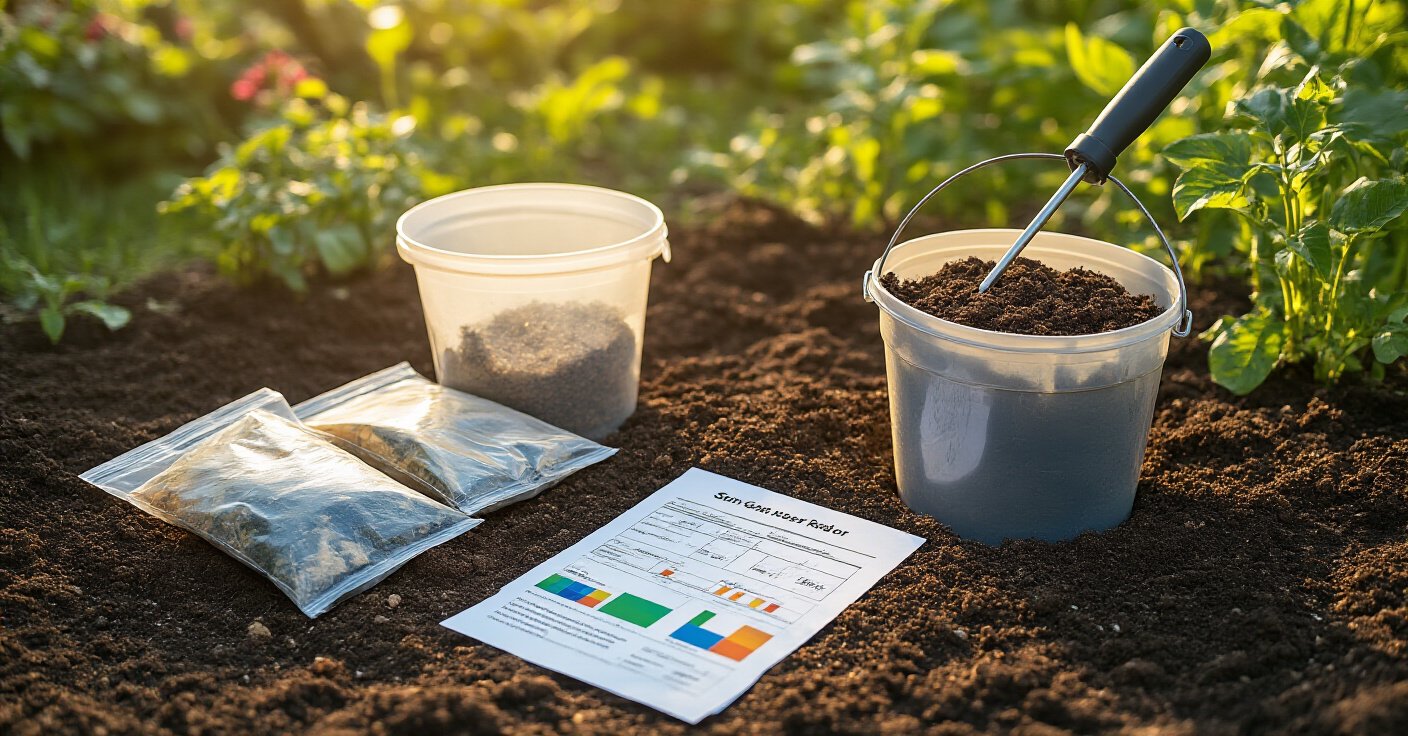
Create a soulful Mediterranean garden with Diana's 19 secrets. Find relaxed elegance, from wise watering to sun-drenched pathways and al fresco living.
So you want to create one of those beautiful, relaxed Outdoor spaces that feels like you’re on vacation in your own home? I get it. Everyone asks me about this. They see pictures of sun-drenched Italian terraces and think it’s impossibly complicated or expensive.
It’s not.
The secret isn’t about buying a bunch of stuff. It’s about a feeling. It’s about slowing down and working with your land, not against it. It’s about creating a space that invites you to pour a glass of wine, gather your favorite people, and just… be. Forget the perfect, manicured lawns you see in magazines. We’re going for something with a little more soul.
Here’s my personal take on how to bring that warmth and life to your own garden, without all the technical jargon.
Before you buy a single plant or lay a single stone, you have to do something most people skip: you have to get to know your own patch of earth. This isn’t a chore; it’s like learning the story of your home. It’s the most important thing you’ll do, and it saves you so much heartbreak later.
Can we talk about the one thing everyone gets wrong? They buy a struggling plant and dump fertilizer on it. It’s like taking a random pill for an unknown illness. You need to understand your soil first. Is it sandy and thirsty? Is it heavy clay that holds on to every drop of water? A simple soil test from a local lab is the best money you will ever spend. It tells you the character of your soil—its personality.
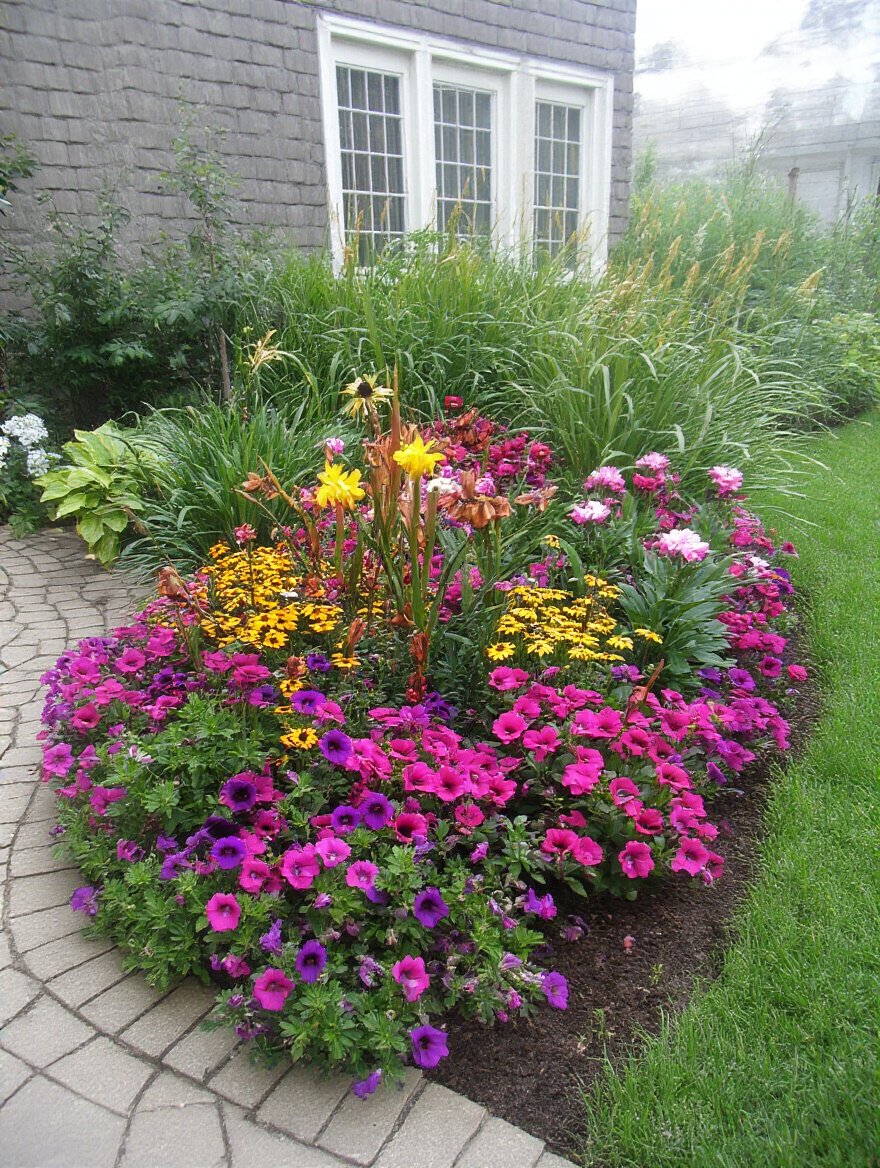
This isn’t about complex chemistry. It’s about knowing if your soil is crying out for more richness, which you can give it with compost, or if it needs something to help it drain better. This little bit of knowledge is the difference between plants that thrive and plants that just… survive. In the Mediterranean, they call it terroir for wine—the unique taste that comes from the soil, the sun, the place itself. Your garden has its own terroir. Get to know it.
And once you understand the earth beneath your feet, you can look up at the sky.
I want you to really watch how the sun moves across your property. Where does it land first thing in the morning for a perfect coffee spot? Where is it hottest in the afternoon, maybe a place where only the toughest, most sun-loving plants will be happy? This isn’t just about “full sun” or “part shade” on a plant tag. It’s about understanding the moods of your garden throughout the day and the seasons.
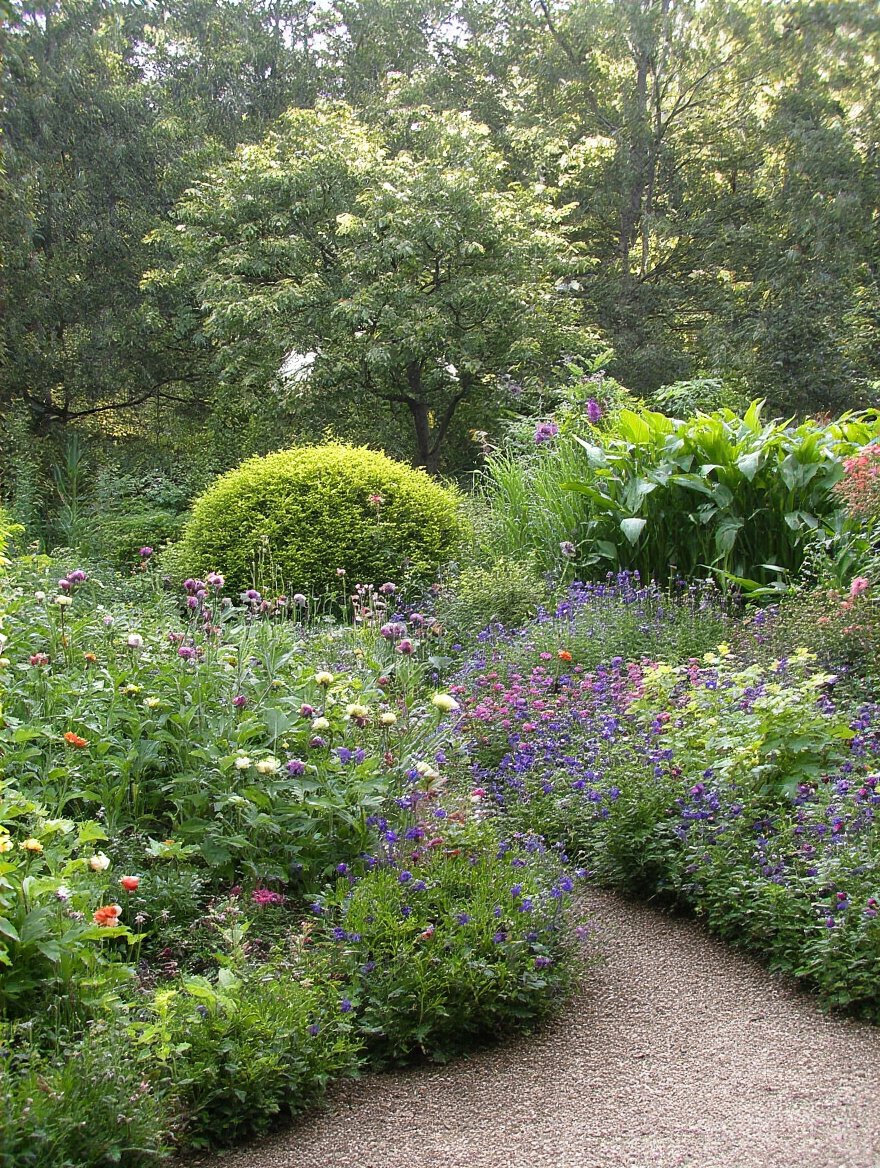
A client of mine in California kept trying to grow delicate hydrangeas on her west-facing patio. They fried every single summer. She thought she had a black thumb. I had her just sit and watch the sun for a weekend. She realized that spot got absolutely blasted from 2 p.m. onward. We replaced the hydrangeas with brilliant, tumbling bougainvillea and a tough, beautiful olive tree in a pot. Now, it’s her favorite place to sit with a book as the sun goes down.
From sun, we move to water, its essential partner.
After the next good rain, I want you to walk around your garden. Where does the water puddle and stay for hours? Those are your heavy, slow-draining spots. Where does it run off immediately? Those are your thirsty spots. This is so important. Planting a lavender, which hates wet feet, in a spot that puddles is a death sentence for it.
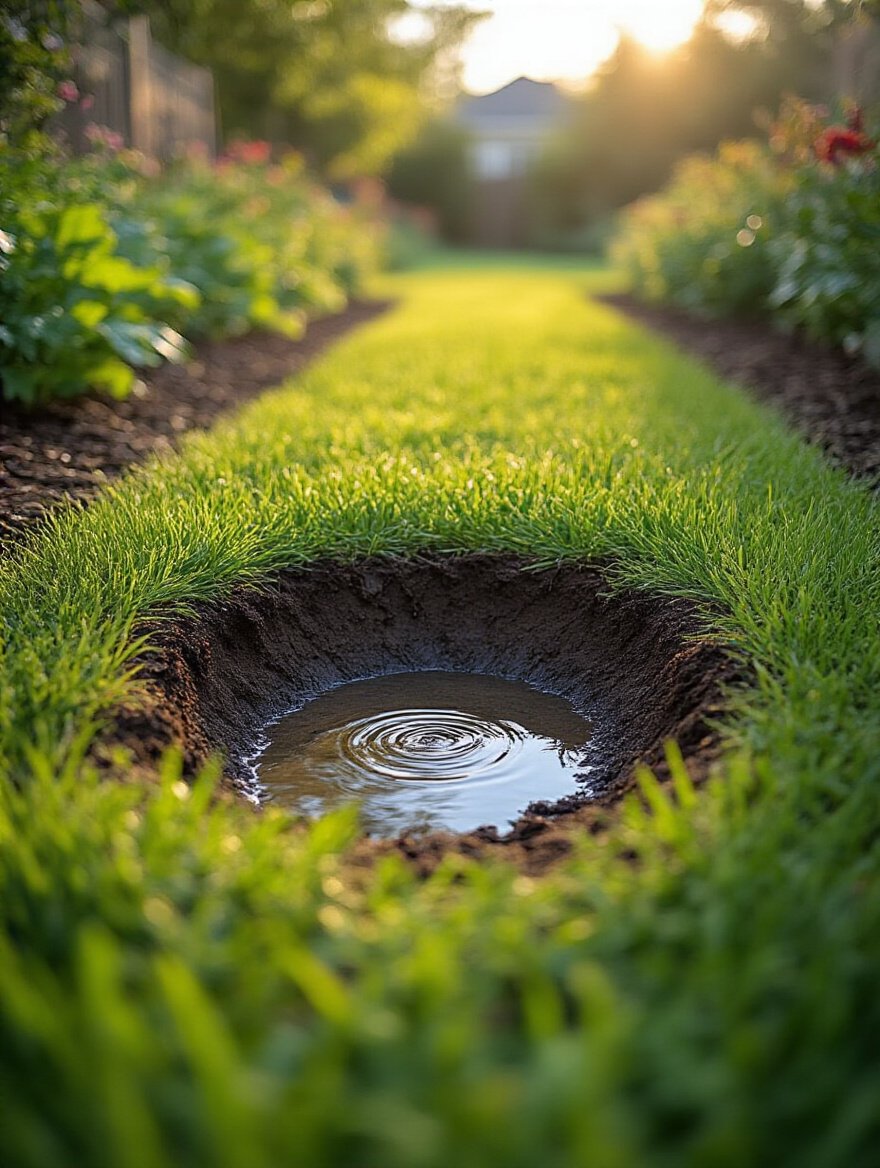
Knowing this tells you where you might need to amend the soil with gravel or compost to improve drainage, or where you can lean in and plant something that loves a bit more moisture. It’s just listening. The land is always telling you what it needs and what it can handle. Your job is to pay attention before you start imposing your own will on it.
This leads us directly to the bigger climate picture.
You’ll see a “USDA Zone” on every plant tag. It’s a decent guide for telling you what can survive the coldest winter night in your area. But here’s the real story: talk to the old-timers. Go to a local nursery—not a big box store—and ask them what really thrives in your town, not just what survives. They’ll know about your specific microclimates, those little pockets that are a bit warmer or windier than the official map says.
I confess, I used to think I could bend the rules. I tried for years to grow a beautiful lemon tree in the ground in a spot that was just a little too cold. I babied it, I covered it, I worried about it. It never gave me a single lemon. Finally, I gave up and put it in a big terracotta pot I could wheel into a sheltered spot for the winter. It’s happy now. The lesson? Don’t fight your climate. Dance with it.
To do that dance, you’ll need the right partners—your tools.
Forget those cheap, plastic-handled tool sets. A few good tools that feel like an extension of your own arm will bring you so much more joy. I’m talking about a sturdy trowel with a wooden handle that fits your grip, a sharp pair of pruners that makes a satisfying snip, and a metal watering can that will get beautifully weathered over time.
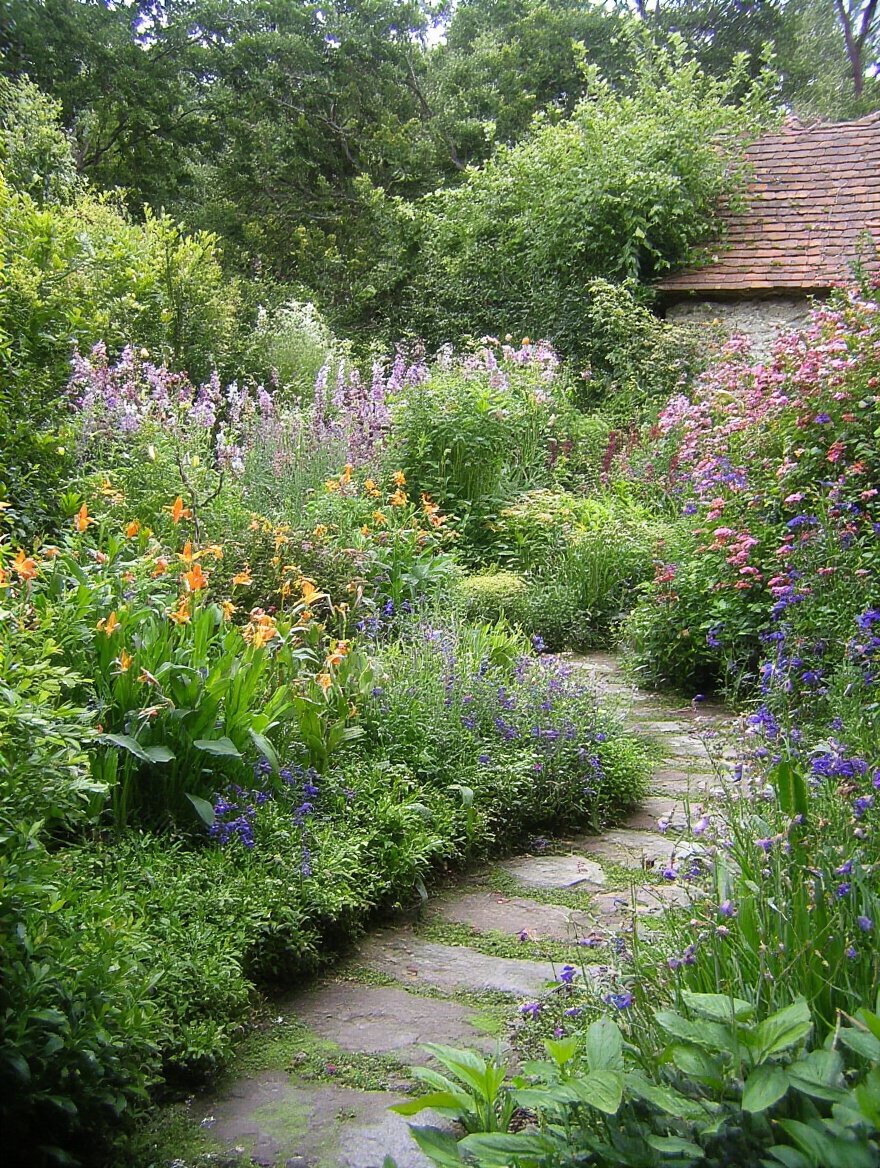
These are your partners in the garden. When you use tools you love, the work doesn’t feel like a chore. It feels like a ritual. It’s a connection to generations of gardeners before you. Find tools that have some heft, some soul. They will last a lifetime and make every moment you spend tending your garden feel more meaningful.
Now that you’ve listened to your land, it’s time for the ongoing rhythm of care. This is where the magic really happens—in the small, consistent acts of tending that bring your vision to life.
In many Mediterranean gardens, a big, green, thirsty lawn isn’t the star of the show. But if you have some grass, the best thing you can do for it is to let it grow a little longer. A taller cut, around 3 inches, helps shade the soil, keep it cool, and makes it much more resilient to drought. It chokes out weeds naturally, too.
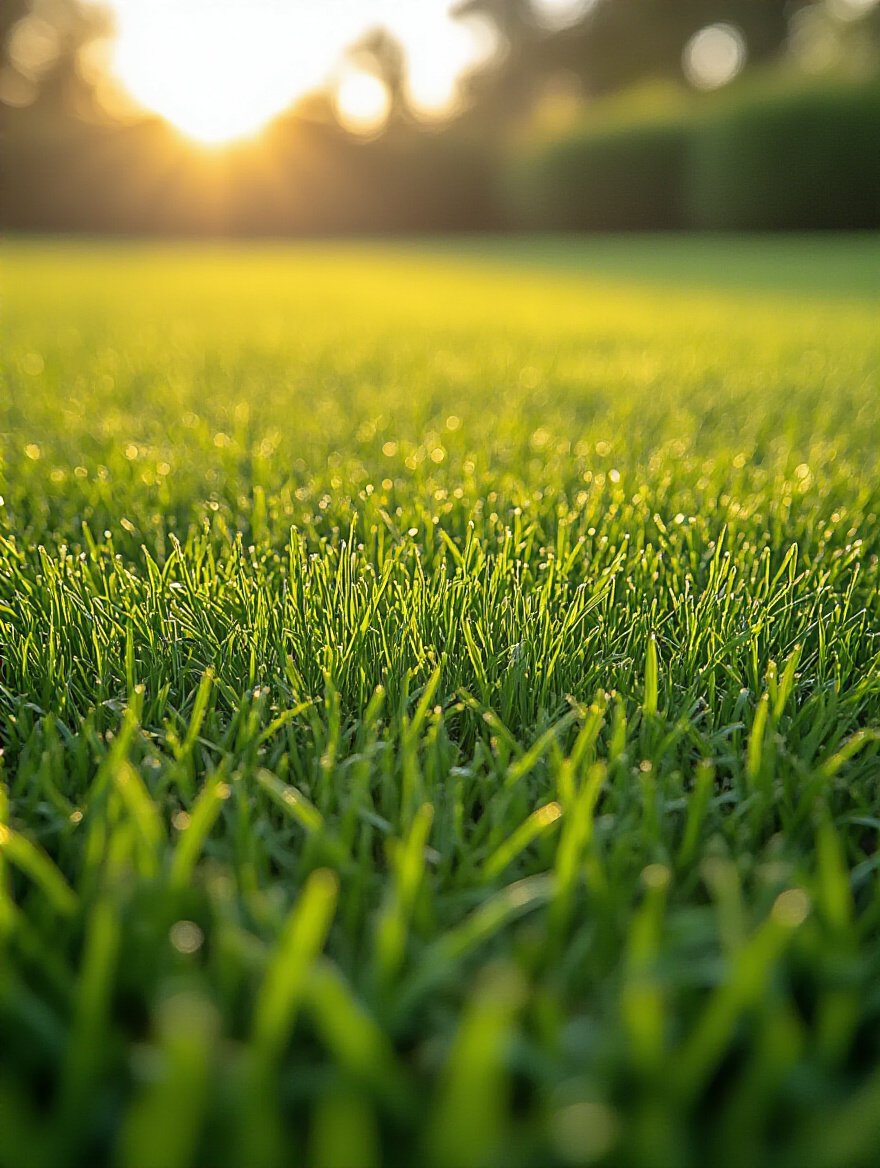
Stop aiming for that putting-green perfection. It requires a ton of water and chemicals. A slightly longer, greener lawn feels more relaxed and inviting anyway. And for goodness sake, make sure your mower blade is sharp. A dull blade tears the grass, leaving it bruised and vulnerable to disease. A sharp blade gives it a clean cut, so it can heal and grow strong.
Now let’s talk about the most important element: water.
Can we just stop with the automatic sprinklers that go off every day for 15 minutes? It’s one of my biggest pet peeves. It encourages shallow roots and wastes so much water. The Mediterranean way is to water deeply and infrequently. This teaches your plants to send their roots down deep into the earth to find moisture, making them incredibly tough and self-reliant.
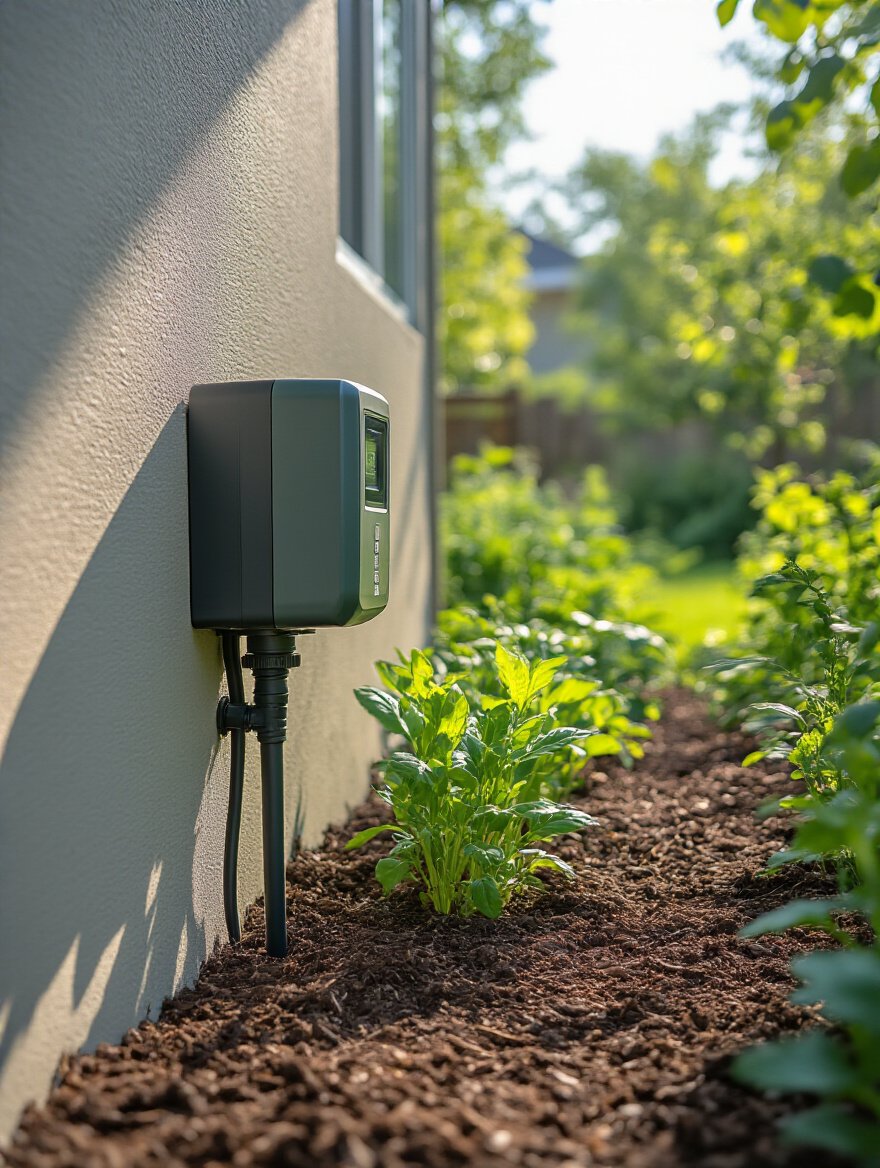
Before you water, stick your finger two inches into the soil. Is it dry? Then it’s time to water. Give it a good, long soak so the water penetrates way down. Then, let it dry out before you water again. You’ll use far less water, and your plants will be so much healthier for it. They’ll learn to handle the heat, just like they do on the sunny coasts of Greece or Spain.
And what you feed them is just as important as how you water them.
Forget the brightly colored chemical fertilizers. Your goal is to create rich, living soil. The absolute best way to do this is with compost. Whether you make your own or buy a good quality bag of it, spreading a layer of compost in your garden beds every year is like giving your soil a super-healthy, delicious meal. It feeds the worms and microbes that do all the hard work for you.
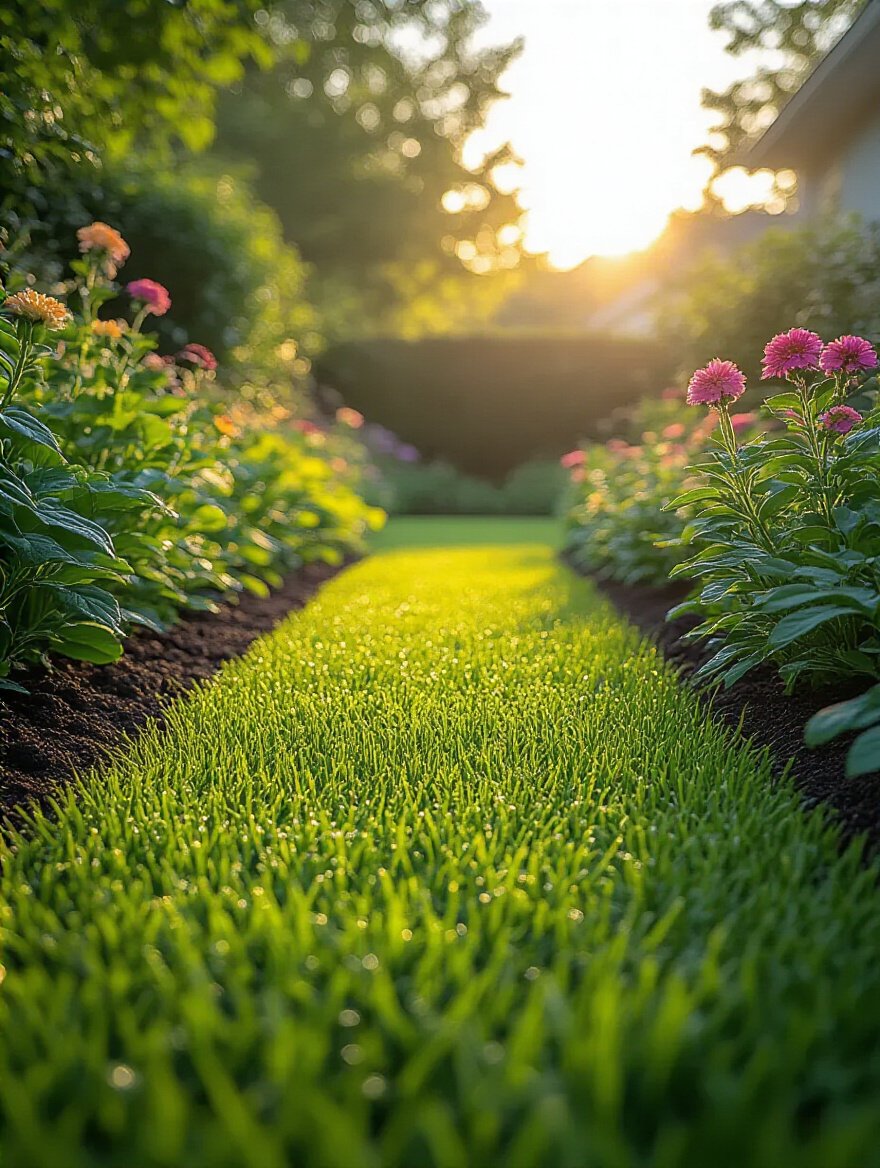
When you have living, breathing soil, your plants can find the nutrients they need. I once helped a friend whose roses were looking sad and anemic. Instead of a fancy “rose food,” we just worked a few inches of dark, rich compost into the soil around their bases. The next season, the plants were stronger, the leaves were a deep, glossy green, and the blooms were unbelievable. You feed the soil, and the soil takes care of everything else.
Of course, with good soil come the inevitable uninvited guests.
You will never have a completely weed-free garden, so let’s just get that out of our heads. The goal isn’t to eradicate every last one, but to keep them from taking over. The best, most timeless way to do this is with mulch. A thick, 3-inch layer of natural mulch—like wood chips, shredded leaves, or straw—is a beautiful thing. It smothers baby weeds, keeps the soil moist, and breaks down over time to feed the earth.
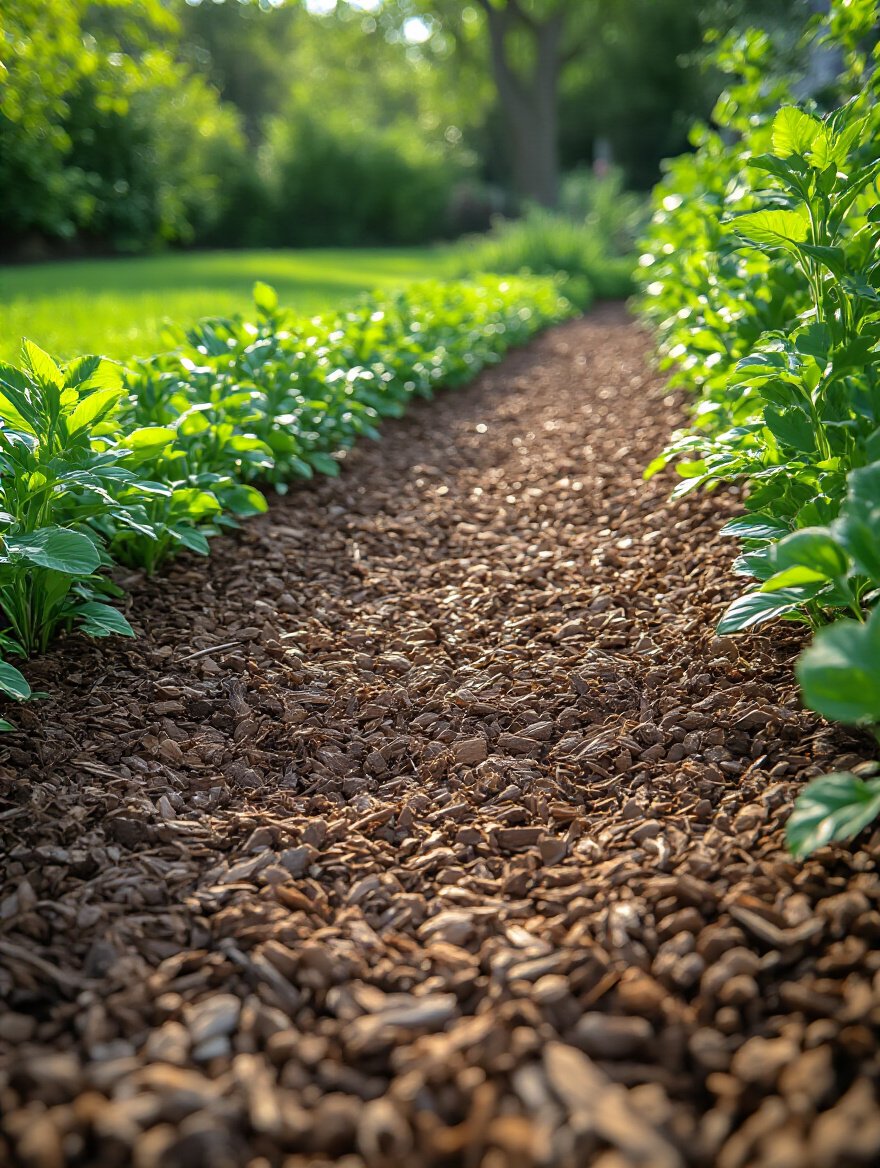
For the ones that do pop up, try to pull them when they’re young and the ground is soft after a rain. It can be a very meditative, satisfying task. Think of it as gently curating your garden, not waging a war. A garden that’s a little wild around the edges has charm. It shows that it’s a living, breathing space.
And sometimes, curating means you have to do a little snipping.
Pruning isn’t just about hacking things back. It’s about shaping your plants for health and beauty. It’s a conversation. I learned this watching an old man in Italy tend his olive trees. Every cut was thoughtful. He was taking out branches that crossed or grew inward, opening up the center of the tree to let in light and air. This simple act prevents disease and encourages a better harvest.
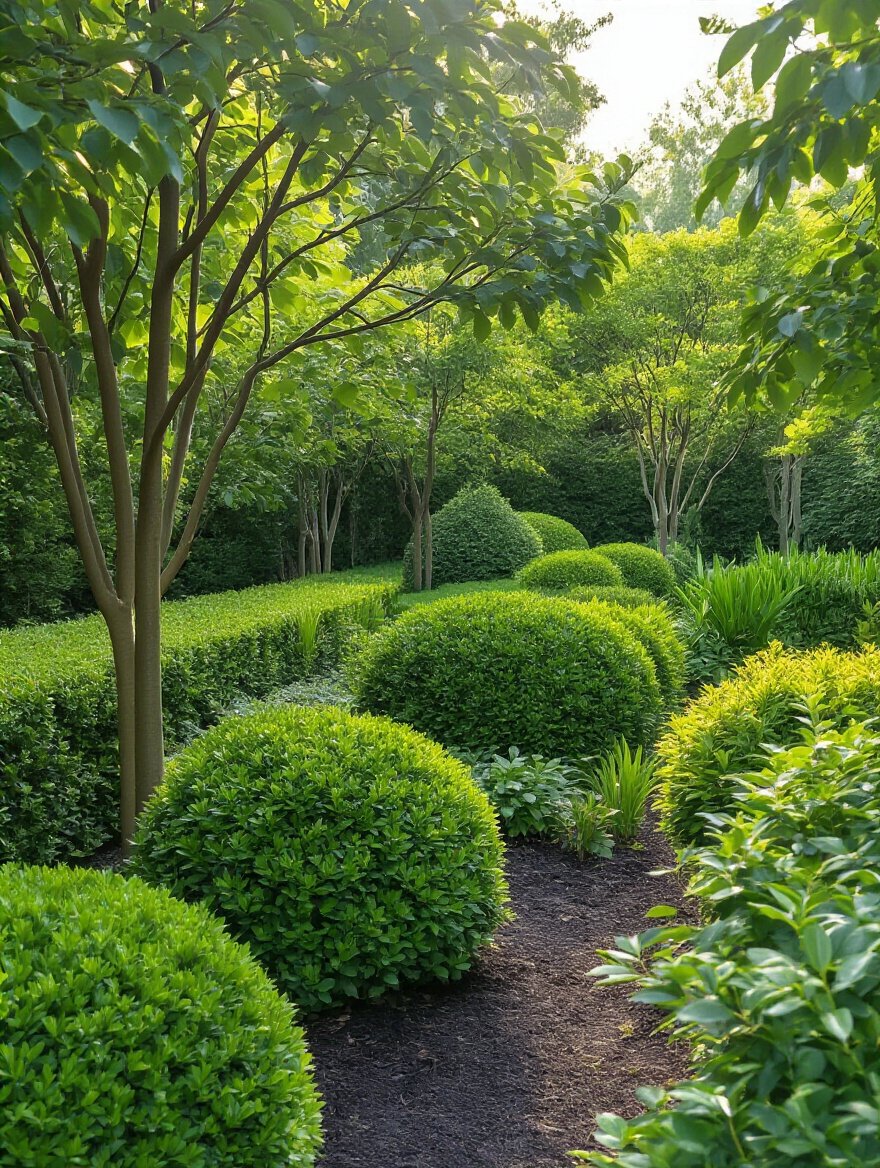
So before you cut, stand back and really look at the plant. What is its natural shape? What do you want to encourage? The basic rule is to remove the three D’s: anything dead, damaged, or diseased. After that, it’s about gentle shaping. For flowering shrubs like roses or lavender, a good trim after they bloom encourages them to put their energy into growing strong for the next year. It’s an art form that connects you directly to the life of your plant.
Which brings us to the ultimate act of connection: creating your own soil.
There is nothing—and I mean nothing—more satisfying than turning your kitchen scraps and garden clippings into rich, dark, beautiful compost. It feels like magic. It’s the heart of a sustainable garden. It closes the loop, turning waste into treasure and reducing what you send to the landfill.
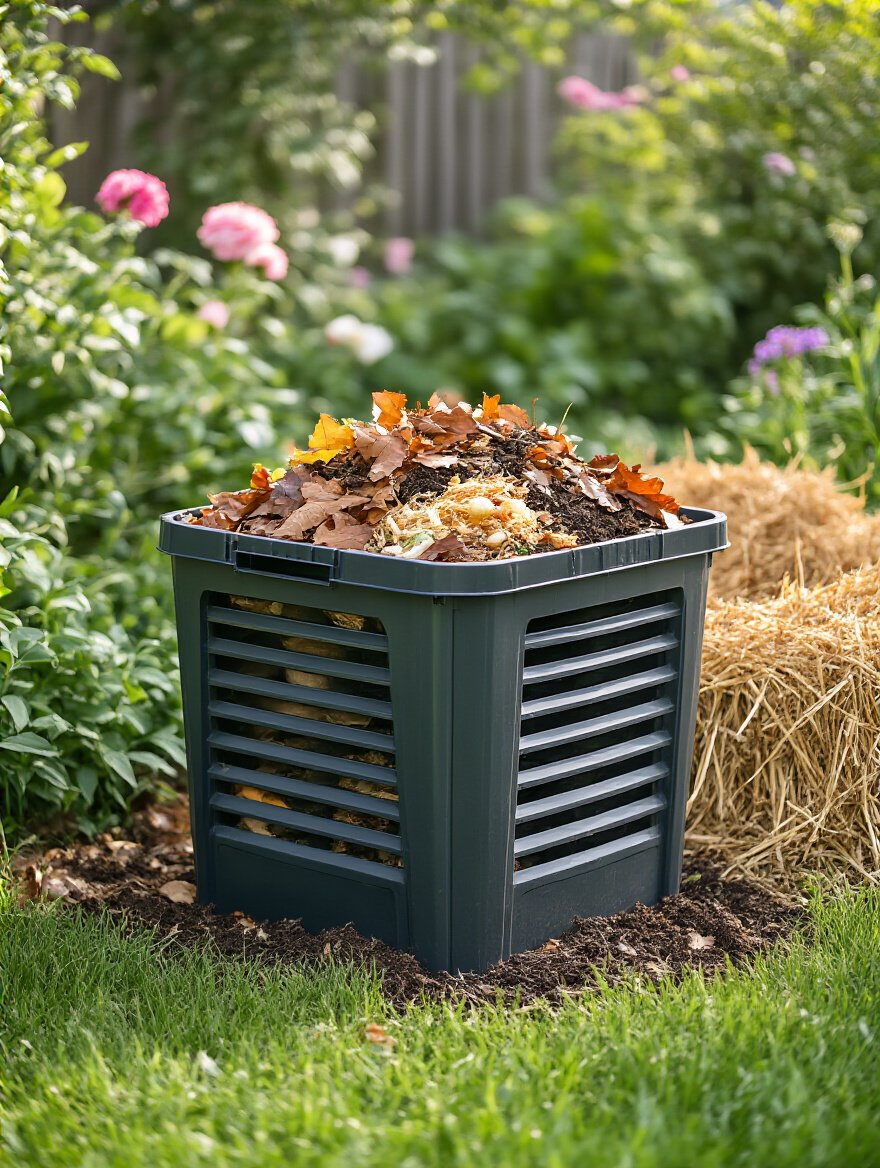
Don’t be intimidated by it. A simple pile in a corner or a tumbler bin is all you need. The key is to have a good mix of “greens” (like vegetable scraps and fresh grass clippings) and “browns” (like dry leaves, cardboard, and twigs). Keep it about as damp as a wrung-out sponge, turn it every week or two, and let nature do the rest. Using your own homemade compost is the ultimate gift you can give your garden.
A beautiful garden isn’t just a collection of plants. It’s a series of spaces that invite you to live in them. It’s about creating flow, defining areas, and making it functional and beautiful from dawn until long after dusk.
This is the very soul of Mediterranean Design. It’s about choosing plants that don’t need a lot of water and look beautiful in the heat. Think silvery-green lavender and rosemary, tough ornamental grasses that dance in the breeze, and succulents in terracotta pots. Group plants with similar water needs together so you’re not overwatering one to save another.
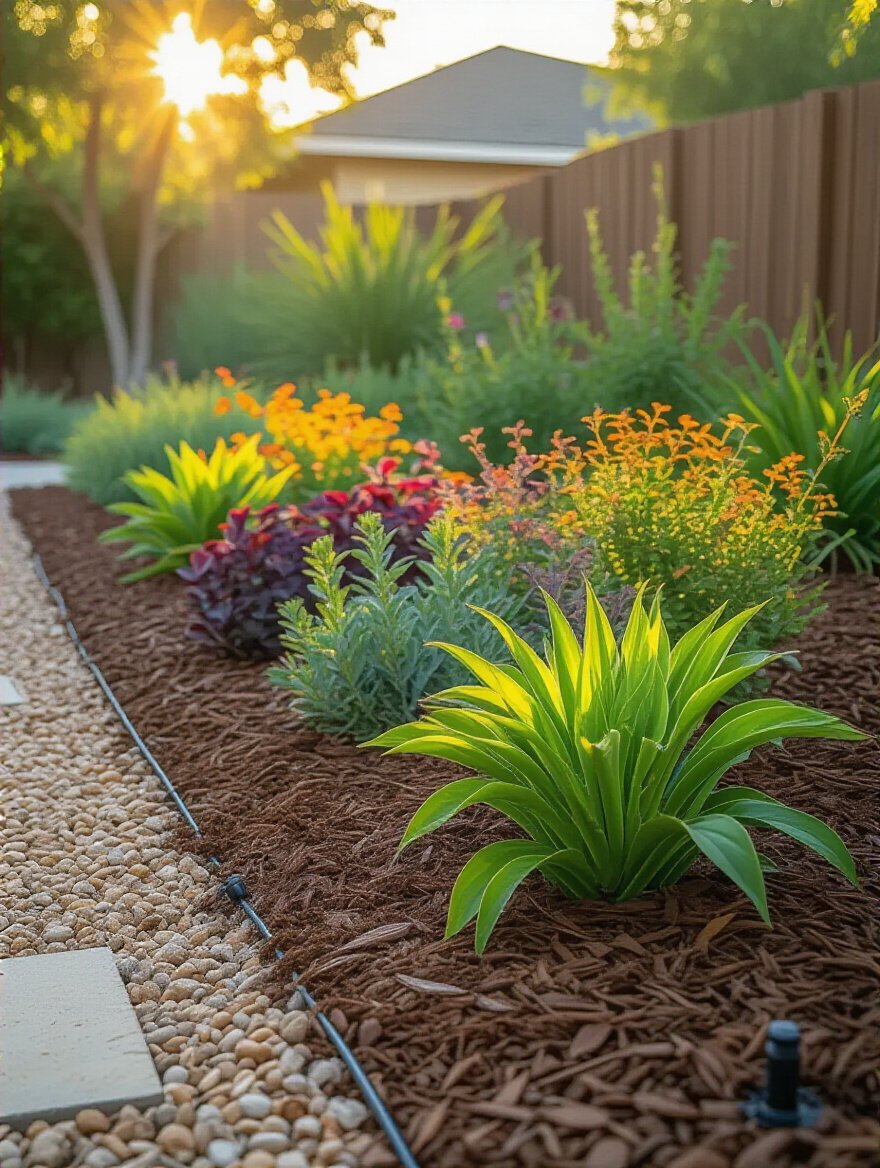
A client once told me, “I don’t have time to be a slave to my garden.” So we took out a big patch of thirsty lawn and created a stunning gravel garden with drifts of fragrant, drought-tolerant herbs and a few statement agaves. It uses a fraction of the water, looks incredible year-round, and her main task is to sit in it and enjoy the scent. That’s smart, beautiful design.
It all comes down to choosing the right players for your team.
The easiest, most rewarding way to garden is to use plants that are native to your area. They’ve spent thousands of years adapting to your specific soil, climate, and rainfall. They know what they’re doing! They require less fuss, less water, and less fertilizer, and they are magnets for local birds, bees, and butterflies.

“A garden filled with native plants isn’t just a beautiful space. It’s a functioning ecosystem. You’re not just planting flowers; you’re rebuilding a little piece of the natural world.”
Look up your local native plant society online. You’ll be amazed at the beautiful, resilient plants that want to live in your garden. By planting them, you’re creating a space that’s not only beautiful for you, but is a life-giving sanctuary for the creatures you share your neighborhood with.
Now, let’s give those plants a beautiful frame.
One of the quickest ways to make a garden look polished and intentional is with good edging. It creates a clean, crisp line between your garden bed and your lawn or pathway. It’s the frame for your artwork. But forget that cheap, wavy black plastic stuff. Think about natural, timeless materials.
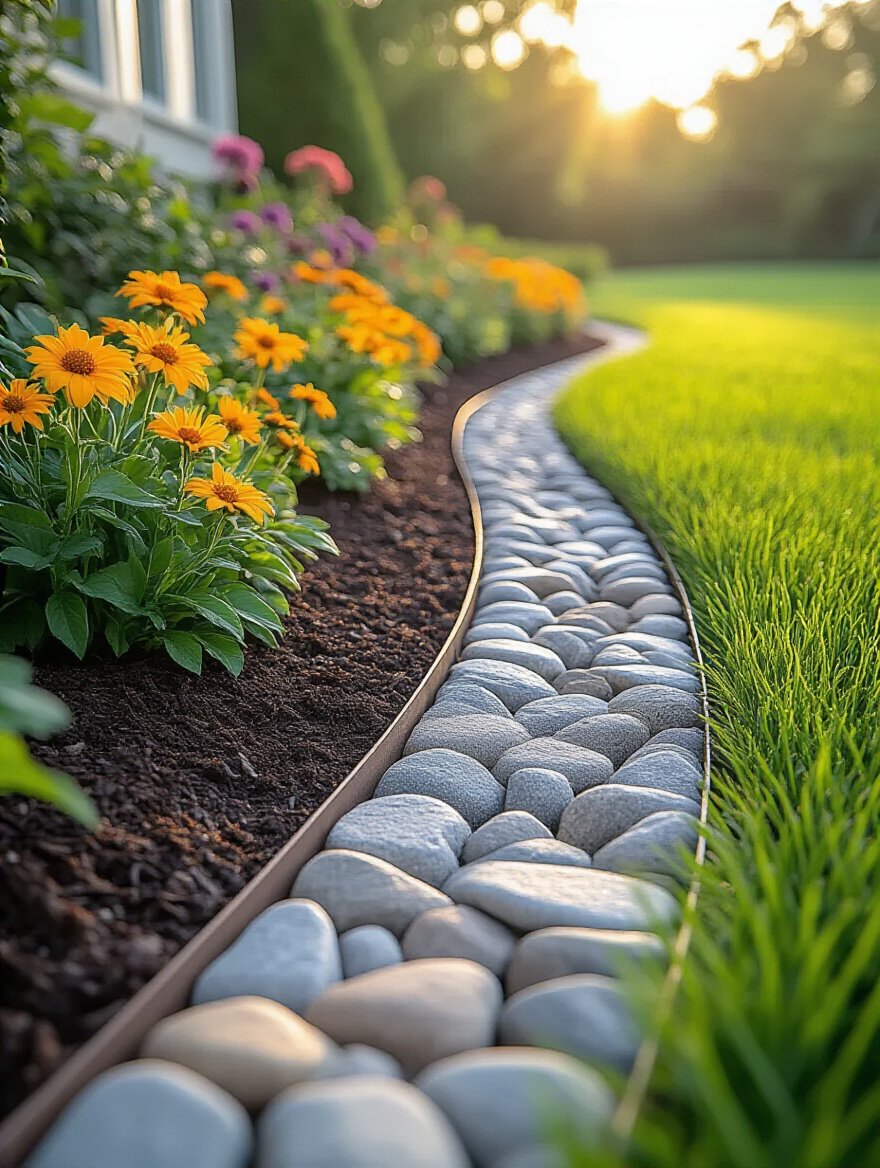
A simple border of cobblestones, a row of half-buried bricks, or a clean line of steel edging that disappears into the ground looks so much more elegant and will last forever. It’s a small detail that makes a huge difference, containing your mulch and soil and giving your garden a sense of order and grace, like the low stone walls that crisscross the Italian countryside.
Once your beds are defined, you need a way to move between them.
A good path does more than just get you from point A to point B. It guides your eye, it slows you down, and it invites you to explore. It turns a walk through the garden into a journey. My favorite paths are the ones that feel a little rustic and have some texture to them.
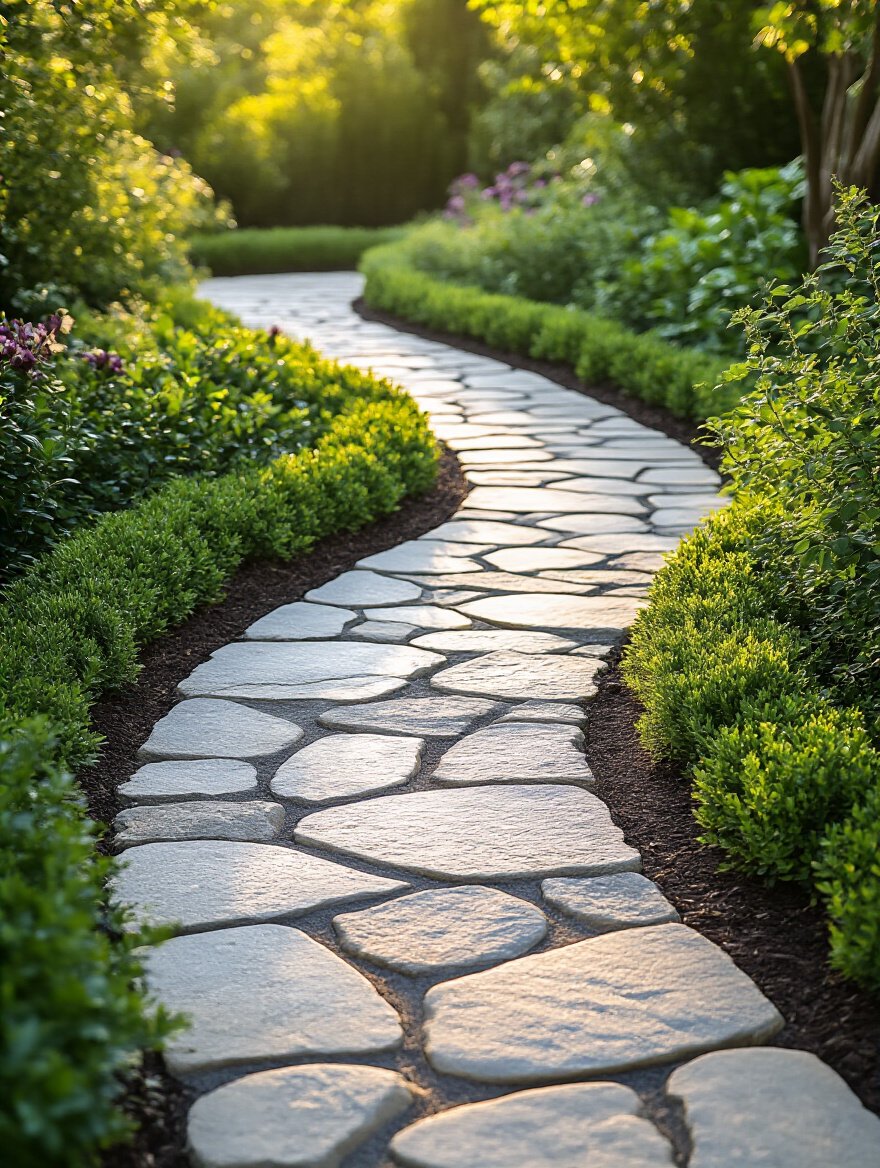
Think about a simple path of crunchy pea gravel, irregular flagstones with little tufts of thyme growing between them, or decomposed granite that feels soft underfoot. Make it wide enough to walk on comfortably, and let it curve a little bit. A winding path feels like a discovery. It draws you in and makes you wonder what’s around the next bend.
And that journey shouldn’t have to end when the sun goes down.
Outdoor Lighting is not about flooding your yard with security lights. It’s about creating magic. It’s about the soft, warm glow that makes you want to stay outside for another hour. The key is subtlety. Think “less is more.”
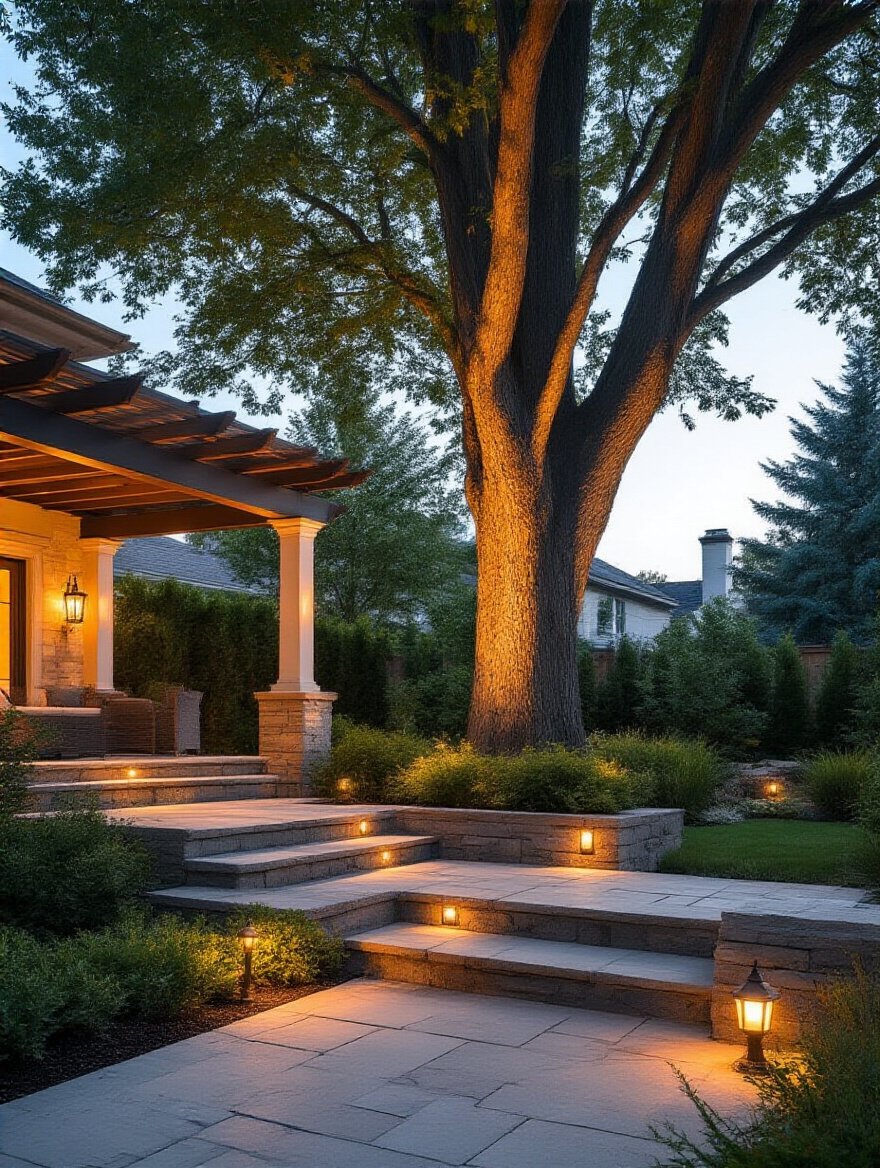
Use a few small uplights to highlight the beautiful, gnarled trunk of an old tree. Place soft path lights to guide the way without being glaring. Wash a stone wall with a gentle, warm light. You’re creating a mood. A well-lit garden feels like an extra room of your house, extending your living space into the evening for those long, wonderful dinners under the stars.
Your garden is a living thing. Part of loving it is protecting it through the seasons and thinking about its long-term health. It’s an investment of time and heart that’s worth safeguarding.
The goal isn’t to kill every bug in your garden. In fact, many of them are your allies! Integrated Pest Management (IPM) sounds technical, but it’s a simple, ancient idea: create a balanced garden where the good bugs (like ladybugs) take care of the bad bugs (like aphids). The best way to do this is to plant a variety of things, especially flowers that attract beneficial insects.
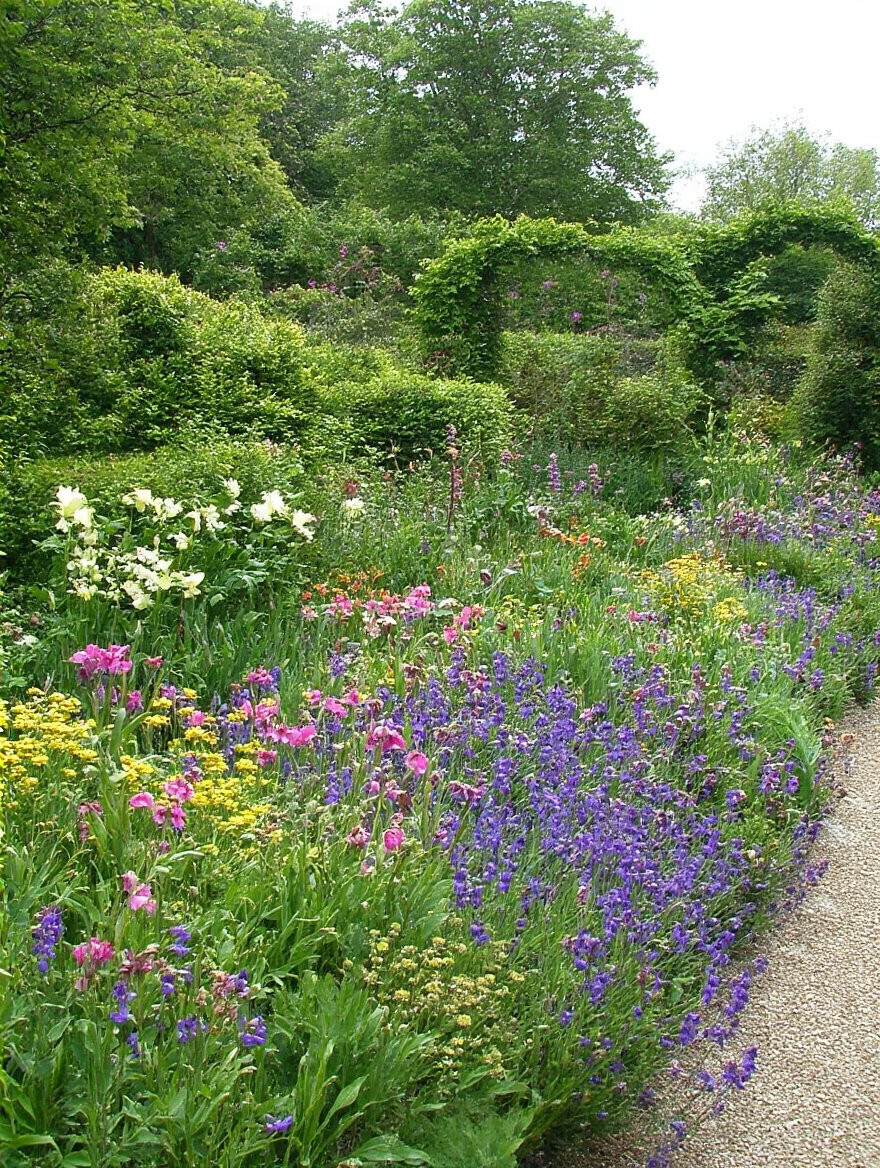
Before you ever reach for a chemical spray, try the simple things. A strong jet of water from the hose can knock aphids off a rose bush. Hand-picking larger pests can be surprisingly effective. By avoiding harsh pesticides, you’re telling the good bugs that your garden is a safe place to live and work. A healthy, diverse garden can often take care of itself.
And just like your plants need care, the soil they live in needs to breathe.
Over time, especially in areas with a lot of foot traffic or heavy clay, your soil can get compacted. It gets dense and hard, and it’s difficult for air and water to get down to the roots. If you have a lawn, renting a core aerator every year or two can make a world of difference. It pulls out little plugs of soil, loosening everything up and allowing your lawn to breathe.
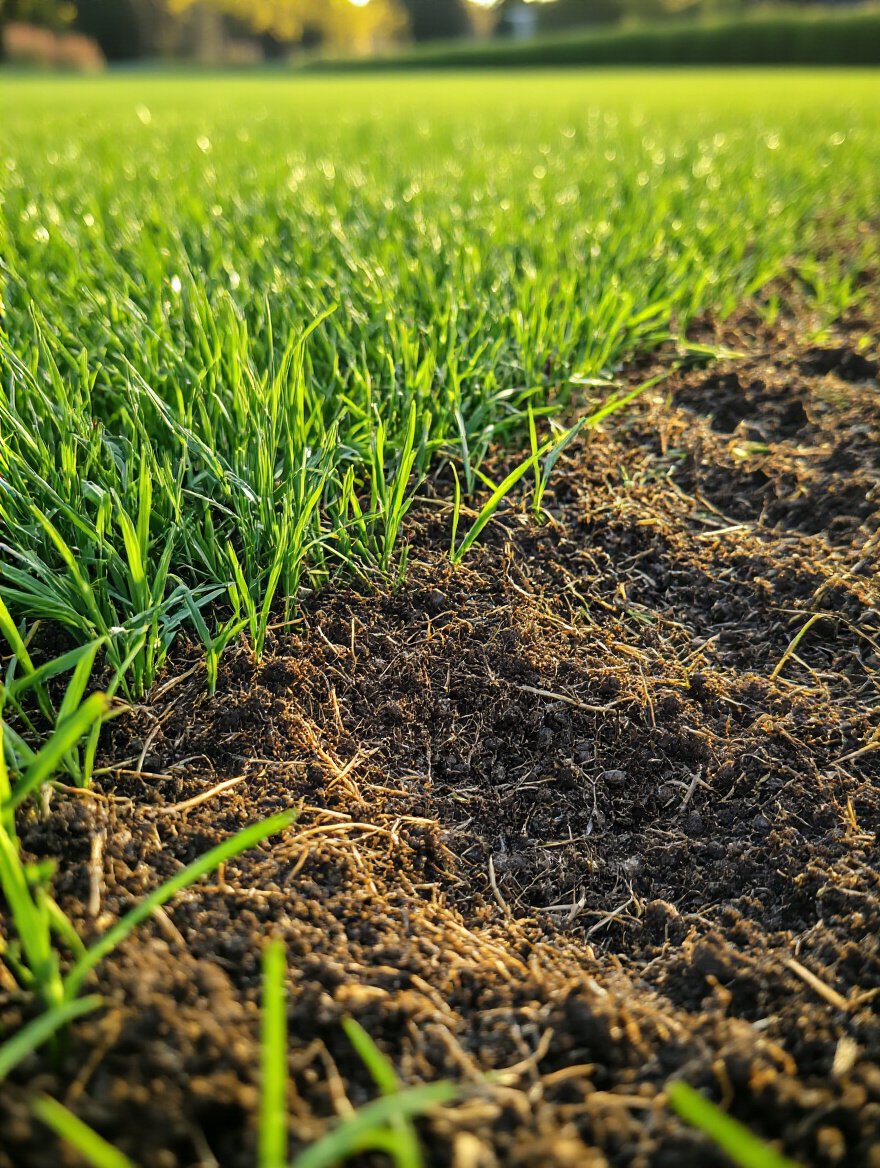
If you notice a thick, spongy layer of dead grass building up—what’s called thatch—renting a dethatcher will help clear that out and let your turf get the air and water it needs. For garden beds, simply working in a few inches of compost each year does the same job, keeping the soil light, fluffy, and full of life. It’s all about giving those plant roots room to thrive.
And finally, you must prepare for the quiet season.
As the weather cools, a few simple tasks can protect your garden and give it a head start for next spring. If you have an irrigation system, make sure you blow all the water out of the lines before the first hard freeze. A frozen, burst pipe is an expensive, miserable way to start the spring.
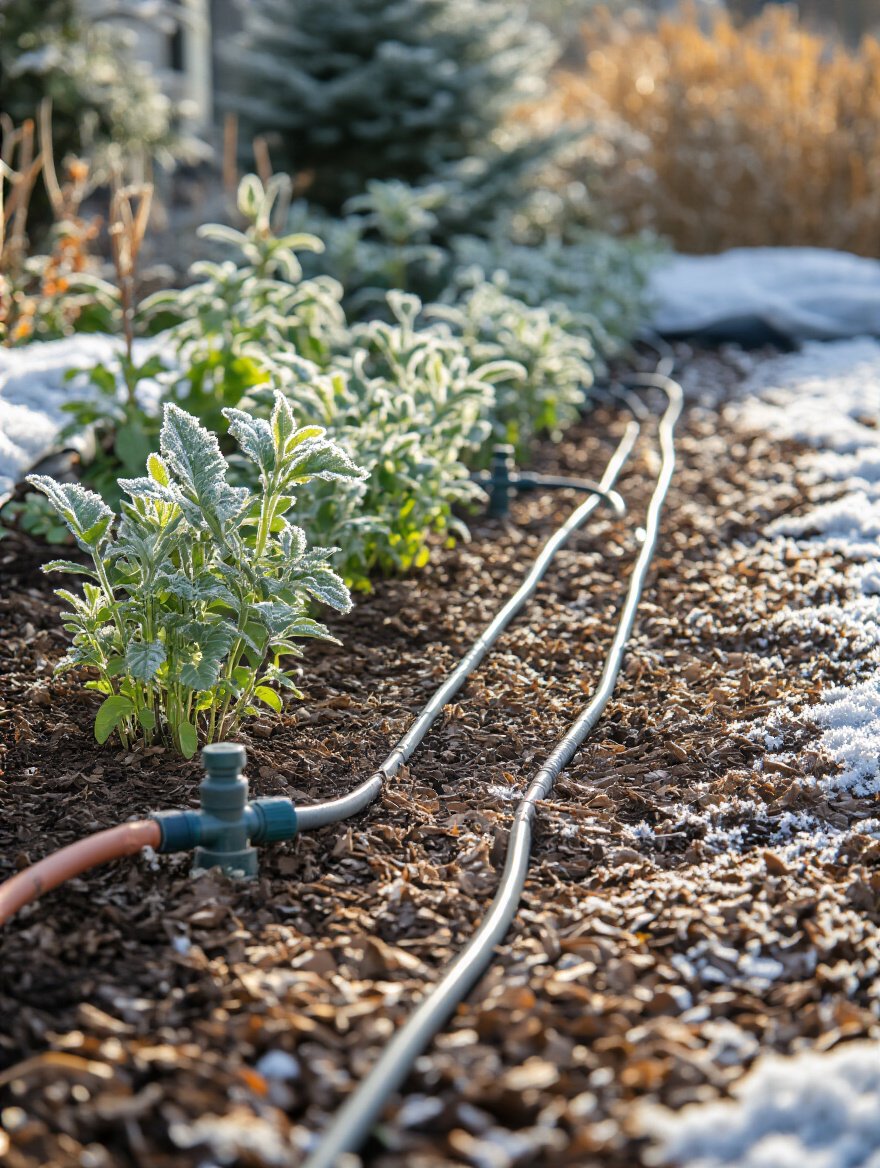
For your more delicate plants, like a prized rose or a potted citrus tree, a little extra protection goes a long way. A thick layer of mulch around the base insulates the roots. For a really cold snap, you can cover them with burlap or a frost cloth. Think of it as putting a warm blanket on your garden, tucking it in for its long winter sleep so it can rest and come back even more beautiful next year.
See? It’s not about following a rigid set of rules. It’s about a change in mindset. Your garden isn’t a project to be finished; it’s a relationship to be nurtured. It’s a space for life to happen. For long conversations, for messy meals, for quiet mornings.
Don’t feel like you have to do all of this at once. Pick one thing. This weekend, just go out and watch the sun. Or decide where a simple gravel path might go. Start small. The joy is in the process. Over time, you’ll create a space that’s not just beautiful to look at, but that truly nourishes your soul. That’s the real secret to a Mediterranean garden.